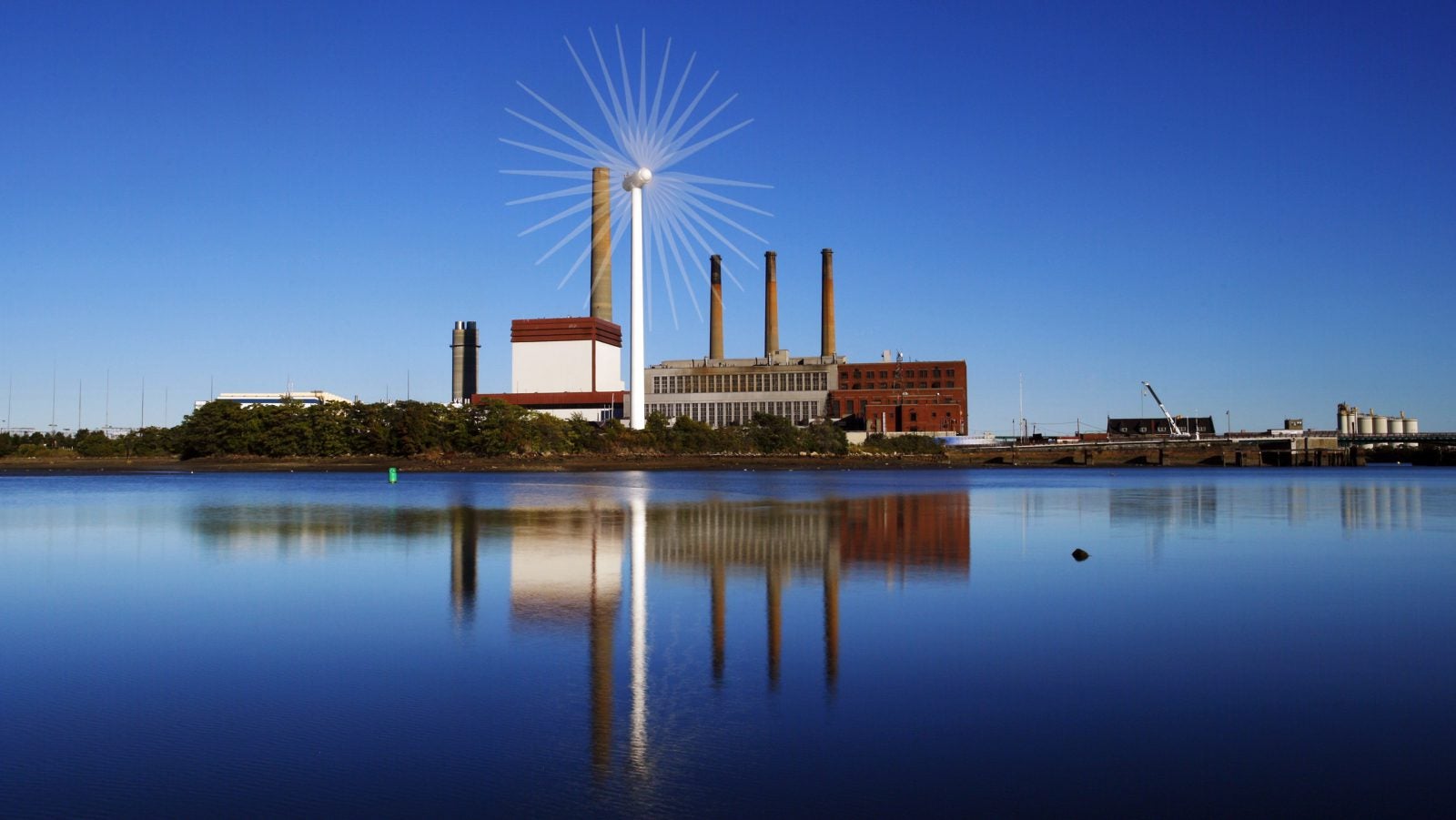Americans overwhelmingly support clean energy, even if their new president doesn’t
Throughout his campaign to become president of the United States, Donald Trump promised to bring back coal jobs and pump up fossil fuel production. The promises won him points in some constituencies, but his plans are in direct confrontation with the opinion of a majority of Americans—especially young people—who overwhelmingly prefer to focus on renewable power, and are increasingly getting jobs in clean energy.


Throughout his campaign to become president of the United States, Donald Trump promised to bring back coal jobs and pump up fossil fuel production. The promises won him points in some constituencies, but his plans are in direct confrontation with the opinion of a majority of Americans—especially young people—who overwhelmingly prefer to focus on renewable power, and are increasingly getting jobs in clean energy.
Just 27% of Americans surveyed this month by the Pew Research Center, a think tank, said they thought the US should prioritize expanding the coal, oil, and gas industries, while 65% thought alternatives like wind and solar should be the priority. (The remainder of the 1,502 US adults Pew surveyed didn’t express an opinion.)
Those under 50, in particular, leaned toward cleaner forms of energy, with 73% favoring renewables. In the over-50 age group the majority was still in favor of expanding renewables, though by a smaller margin.
Trump has barely indicated what his plans are for renewable energy in the US specifically. But the signs are that he’s unlikely to prioritize policies designed to help mitigate climate change. Before the election he promised to pull America out of global efforts to reduce emissions. He made oil company executive Rex Tillerson secretary of state, nominated a climate change denier to lead the Environmental Protection Agency, and is planning major cuts at the agency, at least according to a leaked policy document.
Opinion isn’t the only thing Trump will run up against if he does decide to gut the renewables industries in favor of coal or other fossil fuels. More and more Americans are working in clean energy. Jobs in power generation from renewables now outnumber equivalent jobs in fossil fuel power stations, according to a US department of Energy report released this month (pdf, p.29.)
Jobs in coal mining have been declining for years because of poor global prices. Trump may well face a choice between propping up the industry or continuing to develop clean power. And that could set up a struggle among the states that gave him most support: Some of them are still trying to make coal work, while others have the best chance in the US of setting up lucrative wind and solar industries.